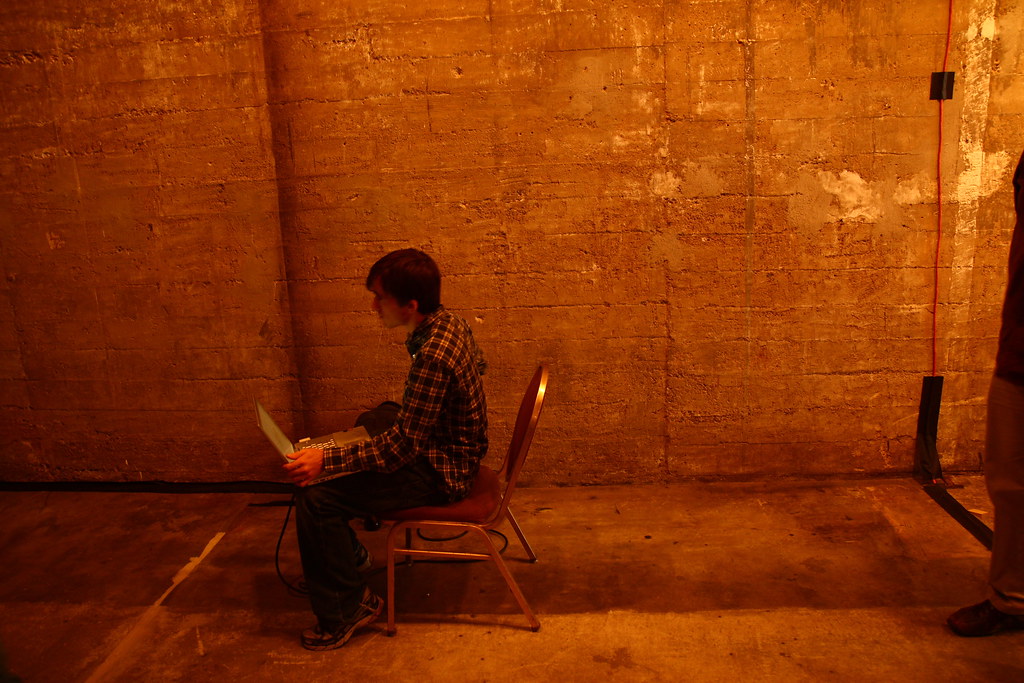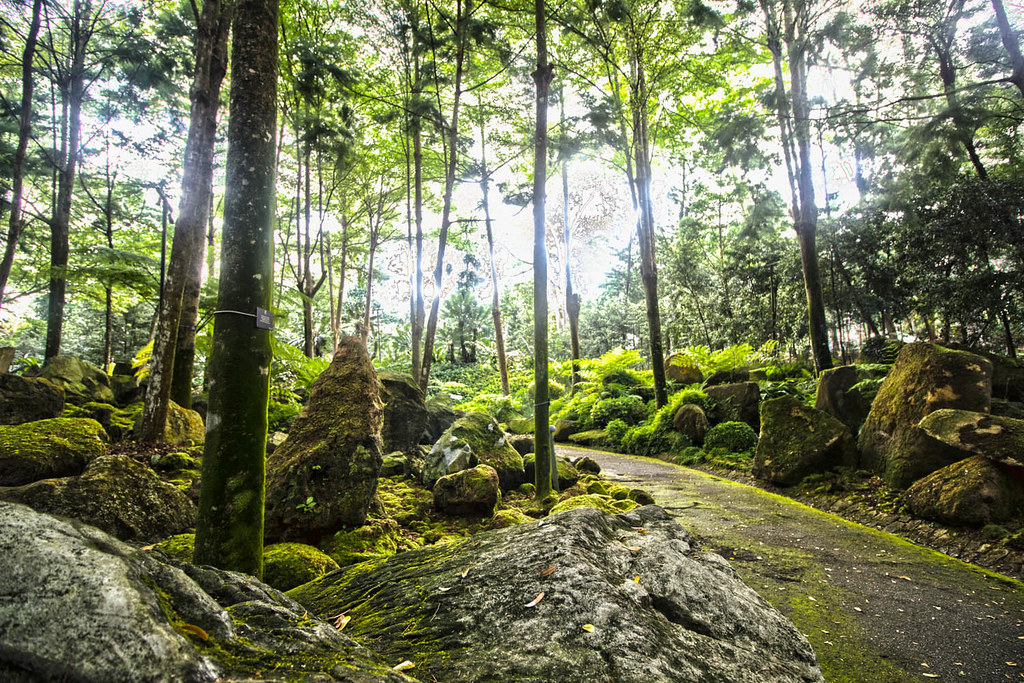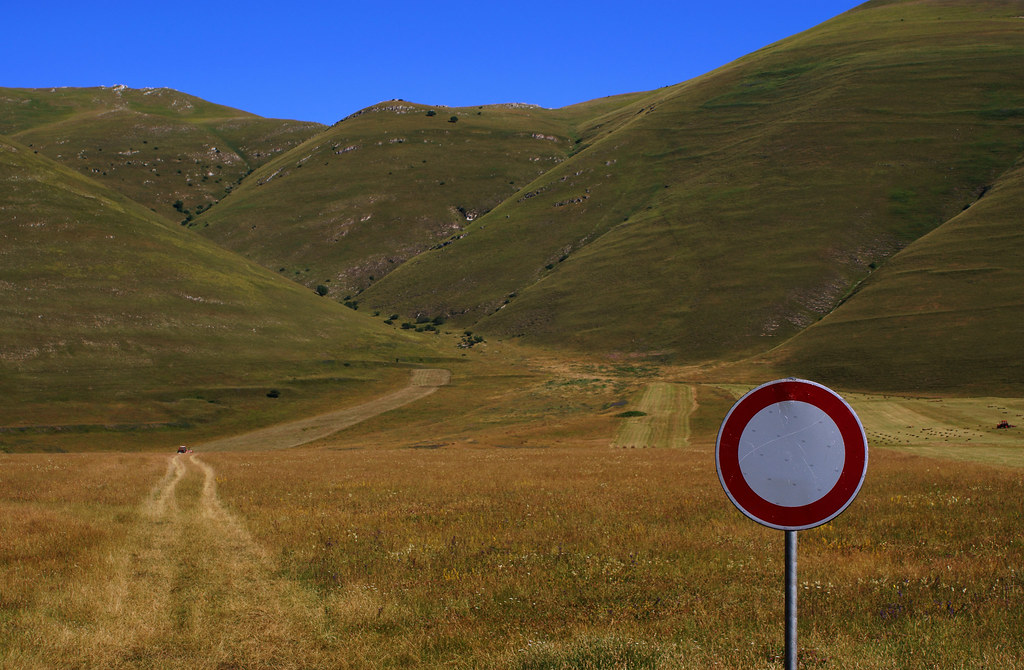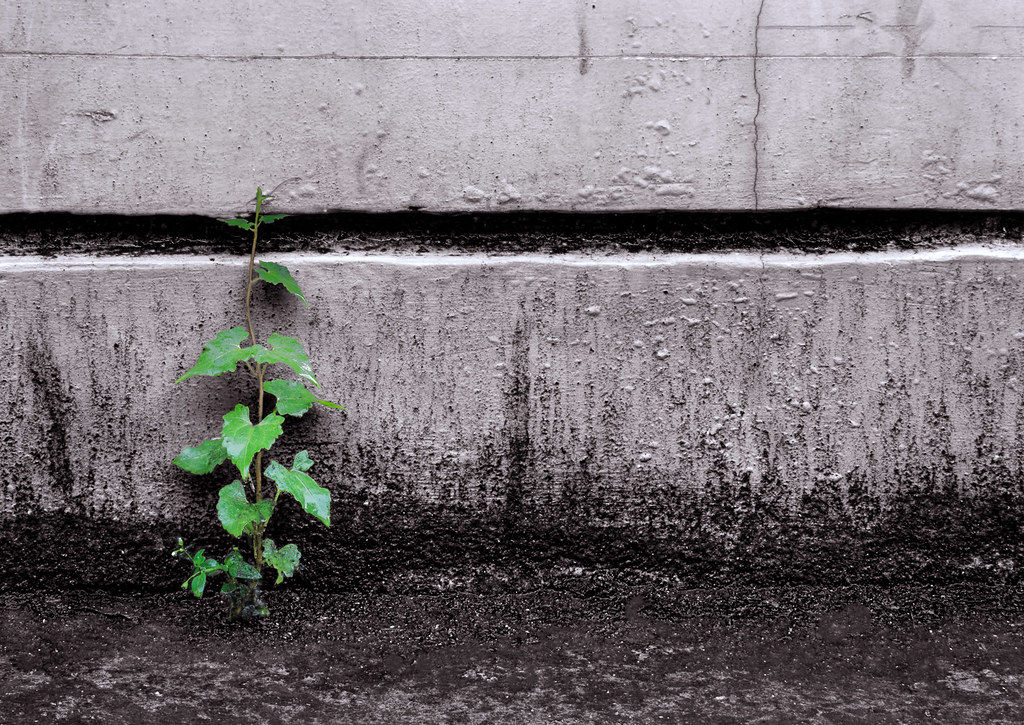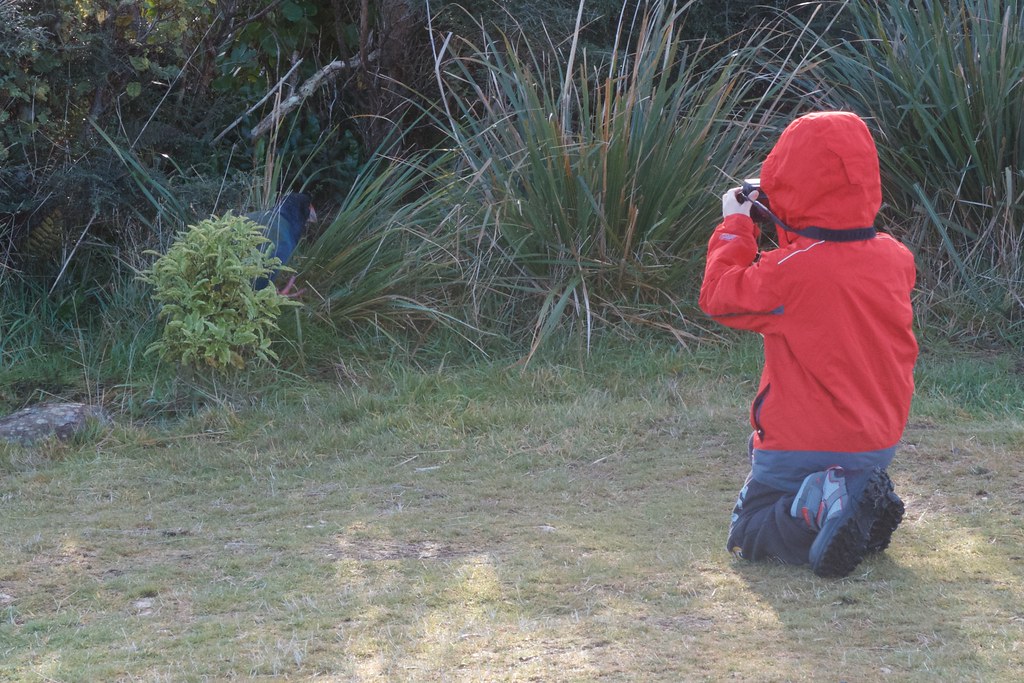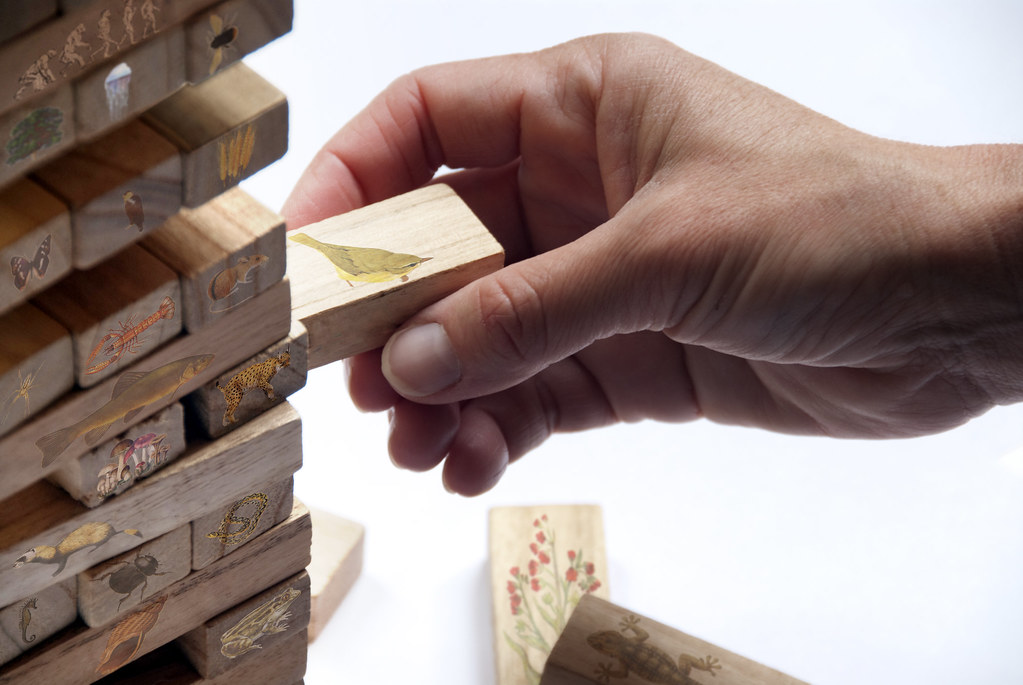A group of us here have been working on reading this book for a book club. We've started chapter one, and it talks about some of the barriers to growing, but also to the opportunity for success. We need to make learning real, and meaningful for our students. The authors suggest that one of the best ways to do this when making something is to actually release it to the public.
As always I think back to how does that work for environmental education. What does that mean for people who don't have a product?
So I thought that instead of launching a thing, we launch our place. We need to get our community involved in our place, and how we grow with it, and for it. By bringing in parents, grandparents and people throughout the community we are sharing our learning and wondering in a more real way, something that transcends the classroom.
I've been thinking a lot about intergenerational learning in an international school. Can we show different gardens from around the world, have people walk through their gardens on skype or something and talk about them, why they grow what they grow, how they do it, what their soil is like, how to know when to harvest.
Bringing people together is so important, with the Launch mindset we need to somehow launch our learning space, and our ideas, get feedback from the community and work on building our community, rather than building a product.








